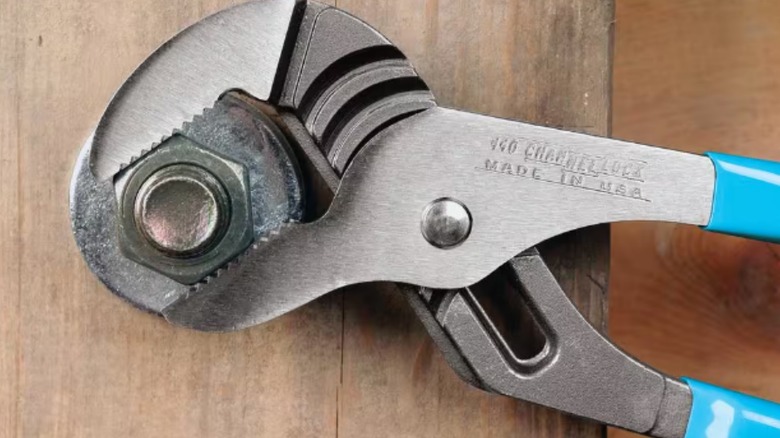Why Is A Reciprocating Saw Called A Sawzall? (And Which Tool Company Coined The Term?)
We may receive a commission on purchases made from links.
All the major power tool brands offer many nifty gadgets created to accomplish all sorts of tasks. We can generally divide most power tools into a few primary categories, including cutting, driving, drilling, and grinding. That's not an exhaustive list of every power tool category, but it does cover the most popular devices. Within each category, there are numerous tools designed to handle specific jobs, like the immensely popular reciprocating saw, also known as a Sawzall.
If you're familiar with reciprocating saws, you probably already know how handy these tools are. Most are designed to cut various types of material, making them versatile tools for workers in various trades and DIYers. While these devices are officially known as reciprocating saws, thanks to the blade's back-and-forth cutting motion, these tools are also known by another name: Sawzall.
The Sawzall name is part of the history of Milwaukee Tools. The name traces its roots back to 1951, when two Milwaukee engineers invented the first Milwaukee Sawzall. Jerome Schnettler and Edward Ristow, the sole members of Milwaukee's engineering department at the time, set out to create a tool that could cut through metal, wood, and composites — in other words, a saw that cuts "all" materials. The result was the world's first reciprocating saw, which would revolutionize the power tool industry. Since then, the Sawzall name has become synonymous with reciprocating saws, leading to what's known as a genericized trademark. This means that the trademarked name is used as the common name for the type of tool in colloquial speech. This is more common than you may think, and various other tools are known by genericized trademarks. If you're curious what some of those tools are, stick around.
Which other tool trademarks have been genericized?
As mentioned, various other tools have seen their trademarks become genericized over the years. One of the most well-known of those tools are Channellock pliers. Channellock is the brand name. However, it's also a word used to refer to virtually any pair of tongue-and-groove pliers. It's far more common to hear these devices referred to as Channellocks or channel locks than it is to hear someone ask for a pair of tongue-and-groove pliers.
Another example is Klein pliers. Like Channellock, Klein is a brand name. However, the Klein company is most famous for its lineman's pliers, so much so that many people simply use the word Kleins to refer to lineman's pliers. This is less common than the Channellock example covered above, but it's still relatively normal to hear people refer to these devices this way.
Another example that could fall into the power tool category is the Black+Decker DustBuster, the most popular handheld car vacuum on Amazon. Black+Decker was the first company to build these handheld vacuum cleaners back in 1979, with various other companies beginning to build their own versions of these diminutive cleaning machines over the next few decades. However, the Black+Decker name was so catchy that people tend to refer to any handheld vacuum cleaner as a DustBuster.
This phenomenon is not limited to tools, and many popular trademarks have become genericized over the years. Some other well-known examples include Band-Aid, Kleenex, Q-Tips, and Saran Wrap.

